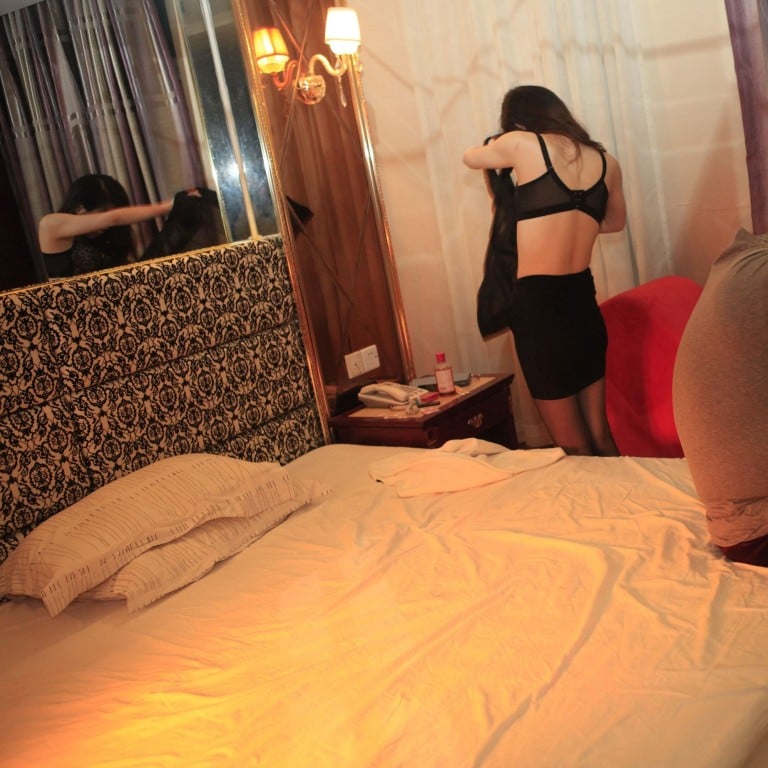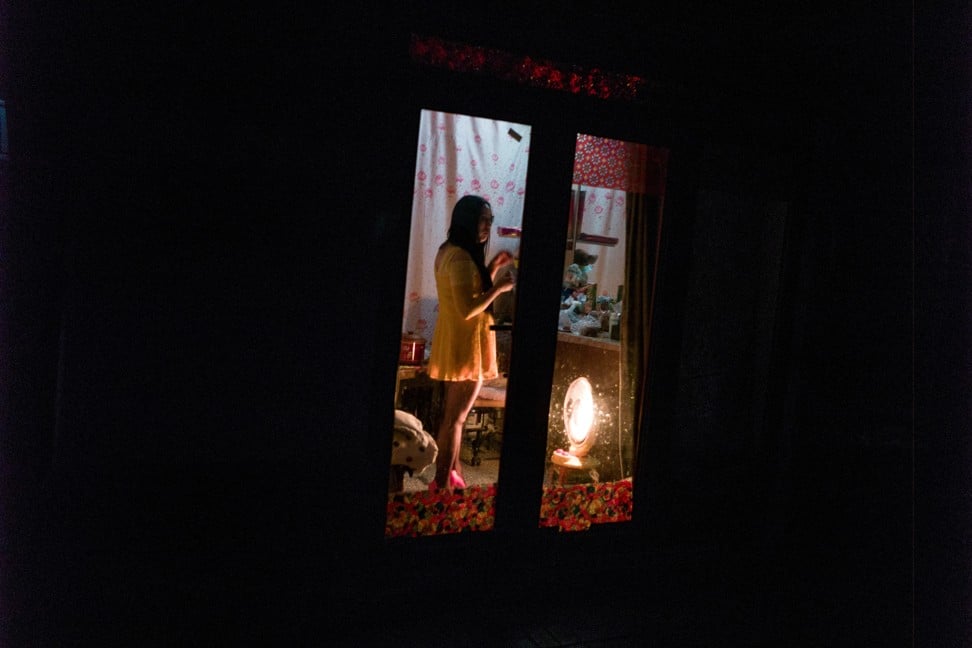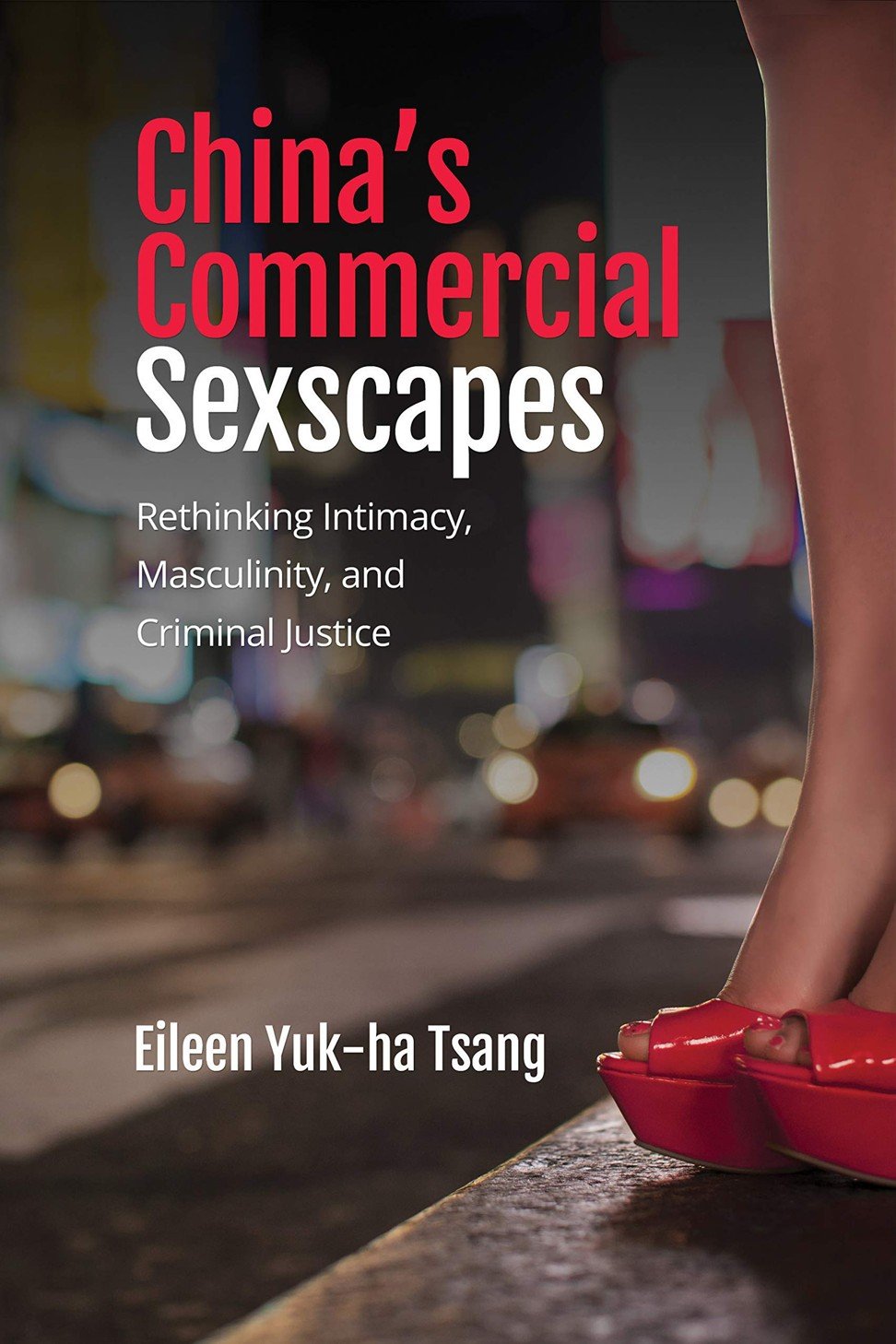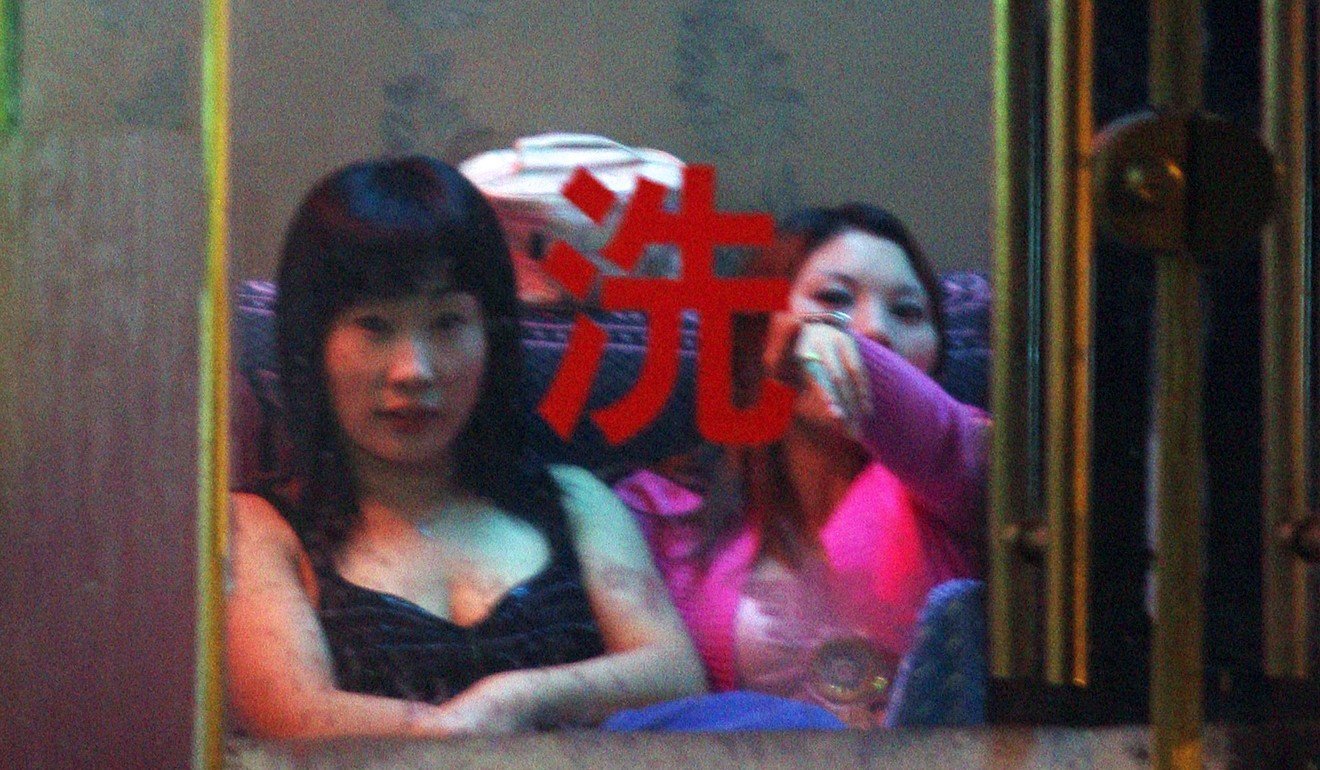
Review | Inside China’s sex trade: seduction, sympathy, survival, and pride in ‘emotional labour’ – prostitutes and their clients tell all to a Hong Kong academic
- For a business that’s officially outlawed, prostitution in China is flourishing, as Eileen Tsang found out working at a bar in sex industry hotspot Dongguan
- Sex workers tell her their tricks and their hopes, why they prefer sex work to factory work, and how much of the job is about flattering and listening to men
China’s Commercial Sexscapes, by Eileen Yuk-ha Tsang, University of Toronto Press, 3.5 stars
Prostitution may officially be outlawed in mainland China, but that hasn’t exactly wiped out the country’s sex industry.
Foreign businessmen visiting major cities have long told of racy cards being thrust under their hotel room doors and of receiving unsolicited phone calls from sex workers. Many streets in urban areas are lined with pink-lit “hair salons”, which are open at suspiciously late hours and close during the country’s regular political meetings.
Popular apps such as WeChat and QQ may have made prostitution less visible, but sex is for sale everywhere in China and deeply embedded in the culture, allowing migrant women to earn a living in large cities and provide companionship to men left alone by unfavourable demographics.

Tsang, an associate professor in the department of social and behavioural sciences at the City University of Hong Kong, worked at a bar for several months to gain the trust of sex workers, and her sources eventually open up with stories which are vivid with humanity, revealing their motivations, methods and modus operandi, hopes and dreams, and survival tactics.
I want to survive so I did everything they asked for. That’s the rule of China. This is China
Some of the details are riveting. For example, Yanglin, 28, inserts a sponge filled with animal blood before having sex, so that she “bleeds” and can charge clients more for “taking her virginity”.
Lihao is a 34-year-old man who hires sex workers from a low-end bar and subjects the women to minor humiliation to buttress his ego. (He spends 1,800 yuan of his monthly salary of 4,000 yuan at the bar). Sex worker Liaoyang, 22, has seen many clients like Lihao.
“They like S&M or anything that’s ‘extreme’. One of them pushed a cigarette butt on my breasts and spine. But I want to survive so I did everything they asked for. That’s the rule of China. This is China.”

Tsang details how sex workers from rural areas see their lives in big cities as modern and sophisticated, and they take pride in being able to support their families living in other provinces such as Sichuan, Guangdong, and Hunan.
She says many find sex work preferable to their former jobs in factories, where they would work 30 days a month, 12 hours a day, in mind-numbing and harsh environments for around 1,600 yuan a month. In the sex industry, they can earn from five to 50 times that amount, working perhaps three or four days a week.
Tsang also discusses the foreign men who hire Chinese sex workers. Interestingly, more than a few end up marrying the women and move them to their home countries.

The sex workers servicing foreign men perform the roles expected of them, as 22-year-old Coco explains: “Non-Chinese like Chinese girls who are docile and submissive. What I do is just listen to them and try to communicate with them.
“The non-Chinese I meet want someone who is a caring and ‘normal wife’ … I am an attentive listener; I have an appreciative laugh; and I give men affirmations that leave them feeling respected, admired, and masculine.”
Much of the sex work, Tsang explains, is actually emotional labour. High-end sex workers are usually better educated and receive training from the bars so that they can seduce, charm and flatter their clients. They “remember specific clients’ birthdays, favourite foods (and cook home-made meals, soups or desserts, etc.), hobbies and interests”.

China’s Commercial Sexscapes should have broad appeal, even if it is primarily a sociological study. The book does an excellent job of combining theory and concrete detail. Most chapters begin with an introduction to someone who will exemplify the themes of that section, go on to discuss – fairly briefly – the literature around it, and then get back to rather longer discussion of the experiences of Tsang’s research pool, with a conclusion to clarify her findings.
The book focuses squarely on the sex workers, bar owners and clients who make up most of the sex trade. Perhaps one day we will get the honest thoughts of the corrupt police chiefs and minor officials who facilitate the industry, or the pimps and gangs who capitalise on it.
The depth and breadth of Tsang’s experience is excellent, though not unparalleled: the 1993 documentary Hookers, Hustlers, Pimps and Their Johns presents a far broader survey of the sex industry in New York, for instance, including pimps, S&M specialists and gay sex workers.
Still, China’s Commercial Sexscapes gives a voice to women and men who otherwise remain largely voiceless and nameless in a nation which would rather pretend that they don’t exist.

